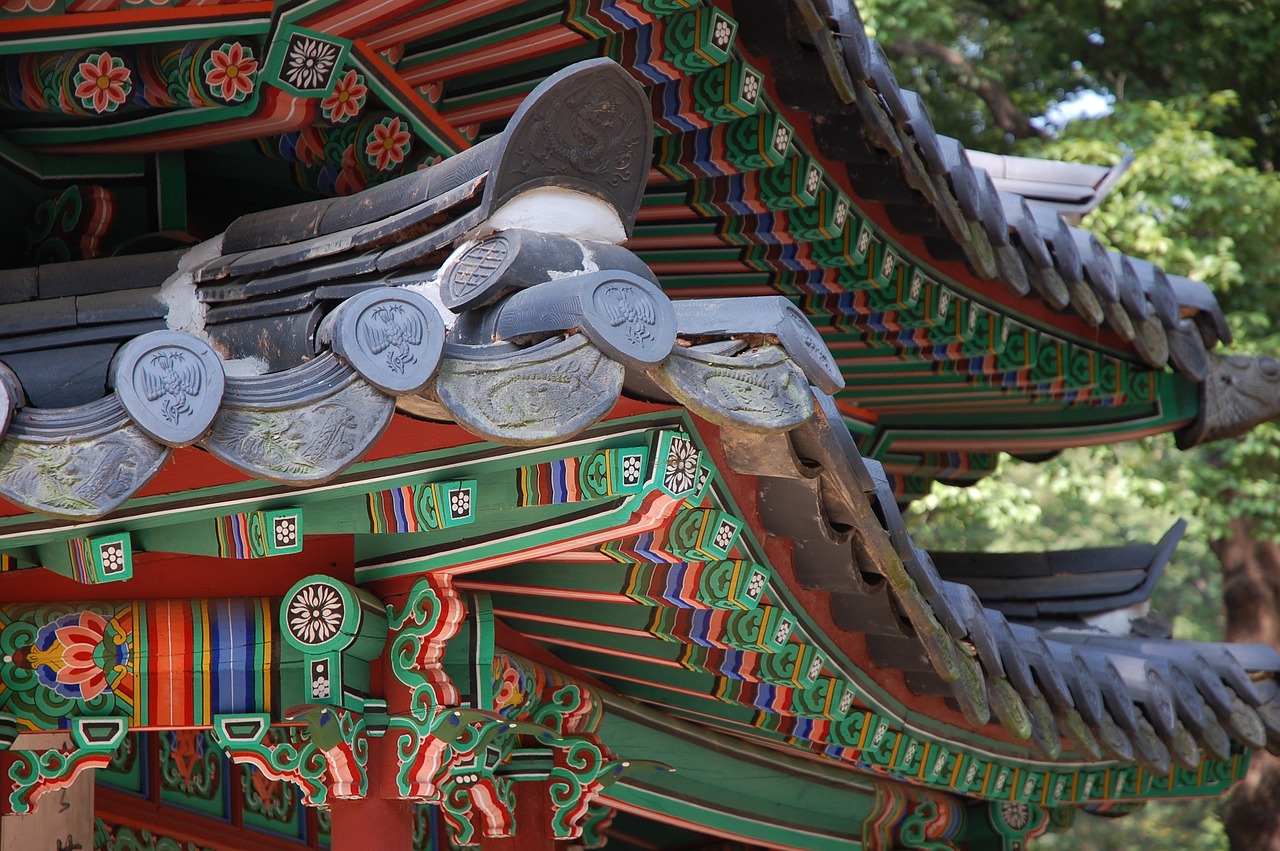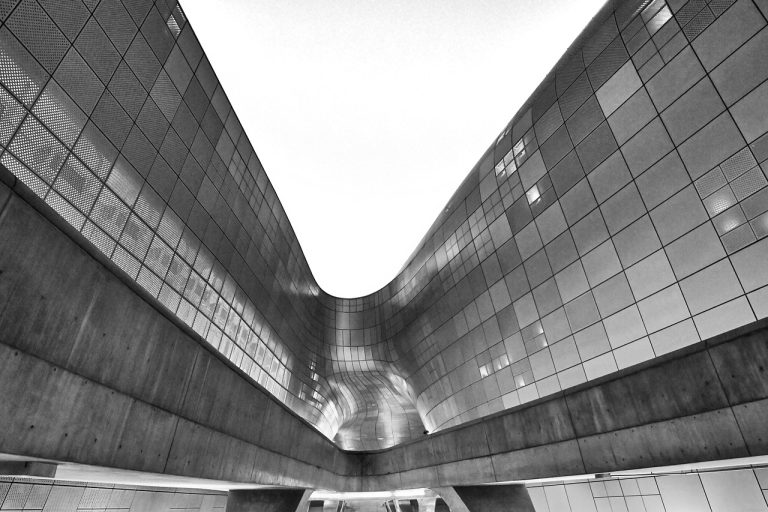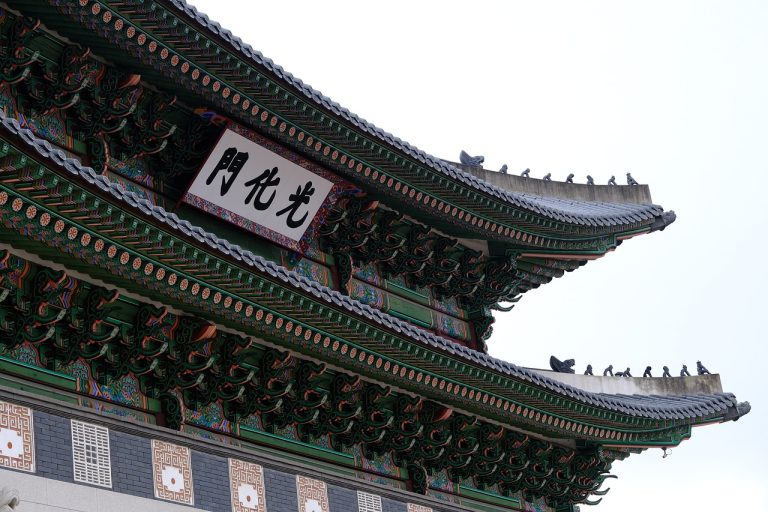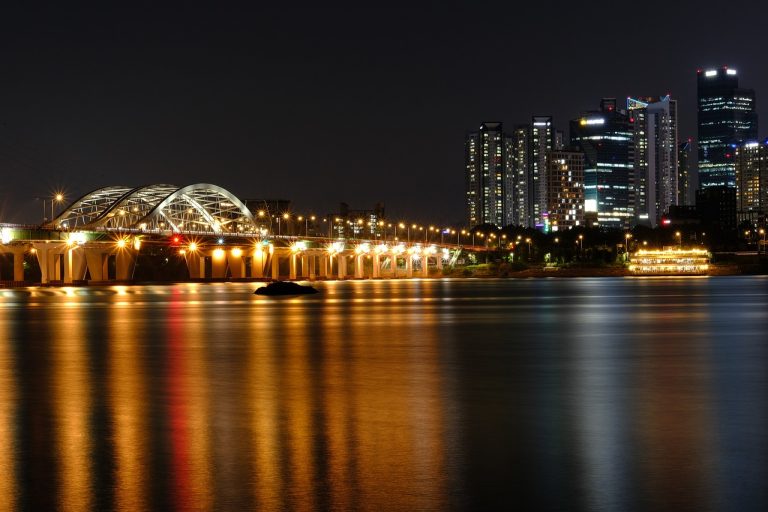Seoul South Korea Video
Renting a Car in Seoul South Korea: Tips and Tricks
Seoul, the capital city of South Korea, is a vibrant metropolis known for its rich history, stunning architecture, and bustling street markets. Renting a car in Seoul can be a great way to explore the city and its surrounding areas at your own pace. However, there are a few things to keep in mind before you hit the road. In this article, we will provide you with some essential tips and tricks to make your car rental experience in Seoul a smooth and enjoyable one.
Choosing the Right Car Rental Company
- Research: Before renting a car in Seoul, it’s important to do some research and compare different car rental companies. Look for reputable companies with positive reviews and a wide range of vehicle options.
- Price Comparison: Compare prices from different car rental companies to ensure you are getting the best deal. Keep in mind that prices may vary depending on the season and availability.
- Insurance: Check the insurance coverage offered by the car rental company. It’s important to have adequate insurance coverage in case of any unforeseen circumstances.
- Additional Fees: Inquire about any additional fees or charges that may apply, such as fuel charges, late return fees, or additional driver fees.
- Customer Support: Consider the customer support offered by the car rental company. It’s helpful to choose a company that provides 24/7 support in case of emergencies or issues.
Keywords: car rental company, research, price comparison, insurance, additional fees, customer support.
Seoul South Korea Image 1:

Driving License and International Driving Permit
- Driving License: To rent a car in Seoul, you must have a valid driving license from your home country. Make sure your driving license is not expired and carry it with you at all times while driving.
- International Driving Permit (IDP): While not mandatory, it is highly recommended to obtain an International Driving Permit (IDP) before traveling to Seoul. An IDP serves as a translation of your driving license and can be useful in case of any language barrier or if it is required by the rental company.
- Driving Age: The minimum age to rent a car in Seoul is usually 21 years old, but some car rental companies may require a minimum age of 25. Check the age requirements of the rental company before making a reservation.
Keywords: driving license, international driving permit, IDP, driving age.
Understanding Traffic Rules and Signs
- Driving Side: In South Korea, cars drive on the right-hand side of the road. Make sure you are familiar with driving on the right side if you come from a country where driving is on the left side.
- Traffic Signs: Familiarize yourself with the traffic signs and signals in Seoul. Most signs are written in both Korean and English, but it’s still helpful to have a basic understanding of common signs.
- Speed Limits: Pay attention to speed limits, which are typically posted in kilometers per hour. In urban areas, the speed limit is usually 60 km/h, while on expressways, it can vary between 80-100 km/h.
- Seat Belt and Child Safety: It is mandatory for all passengers to wear seat belts, and children under the age of 13 must be seated in appropriate child safety seats.
- Drunk Driving: The legal blood alcohol concentration (BAC) limit for driving in South Korea is 0.05%. It is strictly enforced, and penalties for drunk driving can be severe.
Keywords: traffic rules, driving side, traffic signs, speed limits, seat belt, child safety, drunk driving.
Seoul South Korea Image 2:

Navigation and GPS
- GPS: Consider renting a car with a GPS system or bring your own portable GPS device. This will help you navigate the streets of Seoul more easily, especially if you are not familiar with the city.
- Mobile Apps: Download navigation apps like Google Maps or KakaoMap on your smartphone. These apps provide real-time traffic information and can help you find the best routes.
- Address System: Familiarize yourself with the Korean address system, which is different from the Western address format. Addresses in Seoul are typically written in Korean characters, so having a GPS or navigation app can be very helpful.
Keywords: navigation, GPS, mobile apps, address system.
Parking in Seoul
- Parking Spaces: Seoul has various types of parking spaces, including street parking, underground parking lots, and multi-story parking buildings. Familiarize yourself with the different types and their regulations.
- Parking Fees: Parking fees can vary depending on the location and duration. Some areas offer free parking for a certain period, while others charge hourly rates. Make sure to check the parking fee signs and pay accordingly.
- Parking Etiquette: Be mindful of parking etiquette in Seoul. Avoid parking in unauthorized areas, blocking other vehicles, or exceeding the designated parking time limit.
Keywords: parking spaces, parking fees, parking etiquette.
Seoul South Korea Image 3:

Toll Roads and Expressways
- Toll Roads: South Korea has an extensive network of toll roads. Prepare some cash or a T-Money card to pay the toll fees, as some toll booths may not accept credit cards.
- Expressways: Seoul is connected to other major cities in South Korea through a network of expressways. These roads usually have higher speed limits and are subject to toll fees.
- Toll-Free Routes: If you want to avoid toll fees, plan your route using toll-free roads. These routes may take longer, but they can be a cost-saving option.
Keywords: toll roads, expressways, toll-free routes.
Driving in Seoul City Center
- Traffic Congestion: Seoul is known for its heavy traffic, especially during peak hours. Avoid driving during rush hour if possible, or plan your routes to avoid areas with heavy congestion.
- Public Transportation: Consider using public transportation in the city center, as it can be more convenient and efficient than driving. Seoul has an extensive subway and bus system that can take you to most attractions.
- Pedestrians and Bicycles: Be cautious of pedestrians and bicycles, especially in crowded areas and near universities or parks. Yield to pedestrians at crosswalks and follow the designated bicycle lanes.
Keywords: traffic congestion, public transportation, pedestrians, bicycles.
Emergency Contact Information
- Emergency Services: In case of an emergency, dial 112 for police, ambulance, or fire services.
- Car Rental Company: Save the contact information of your car rental company in case you need assistance or have any issues with the rented vehicle.
Keywords: emergency services, car rental company.
Conclusion
Renting a car in Seoul can be a convenient and enjoyable way to explore the city and its surrounding areas. By choosing the right car rental company, understanding the traffic rules, and being prepared with navigation tools, you can have a smooth and memorable driving experience in Seoul. Remember to follow the local regulations, be respectful of other drivers and pedestrians, and enjoy your journey through the vibrant streets of Seoul.
References
- Visit Korea website: visitkorea.or.kr
- Korea Tourism Organization: english.visitkorea.or.kr
- Driving in South Korea Guide: drivingguide.com
- Seoul Metropolitan Government: english.seoul.go.kr







